| << | 11 |
Mexico Adventure, Page 2
Pictures and Stories About Bicycle Adventures
Puerto Vallarta, Mexico, Round Trip
Through Punta De Meta Via Bucerias,
By Bicycle, February, 2007
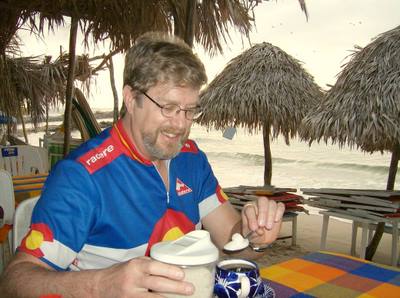
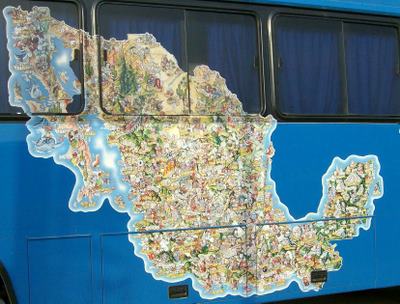
Above Left: Early morning breakfast. Heuavos Rancheros and Café. Just a little glob too much azúcar. Notice the high tide waves in the back ground. Tidal differences here were 3 to 4 feet.
Above Right: Lost? Just pull up next to this bus for a locator map.
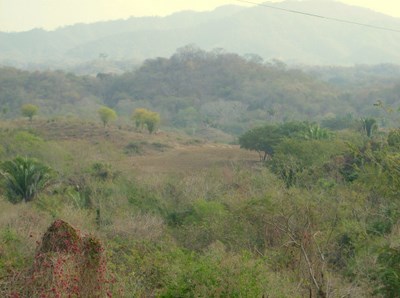
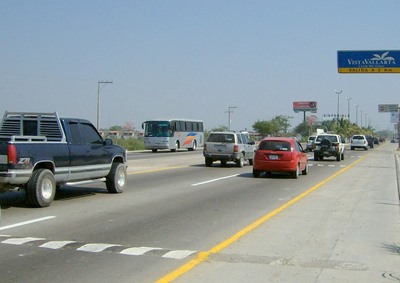
Above Right: We learned that these sporadic bumps in the road are called "Sleeping Policemen." They are usually in sets of three and every little town has them where children and elderly may use crosswalks. Sleeping Policemen are not as bothersome on bikes as they are in cars - in fact, we quit slowing down for them but that probably really only indcates how slow we bike with trailers connected.
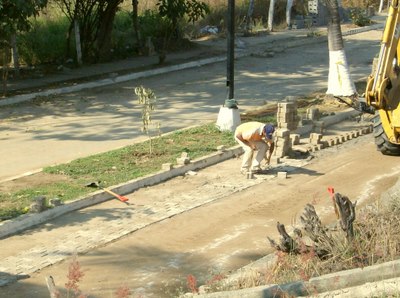
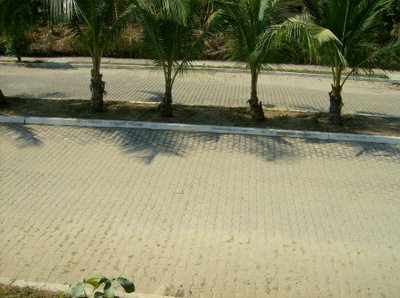
Above Right: After.
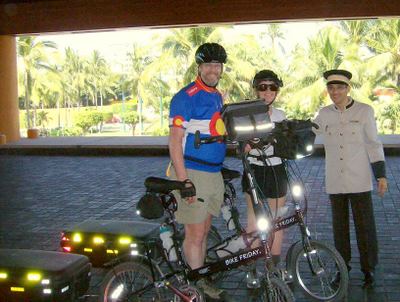
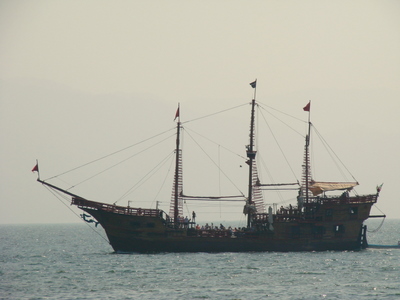
This is Pedro. He adopted us (especially Terry, who gave him some hand loation). He was the Doorman Plus. Pedro loved it that we stayed at his hotel and that we went out into Mexico on our own. In fact, when we are on the bikes, that is a very common reaction. So far, it has been our experience that people, world over, respect all bicyclists regardless of nationality.
Above Right: This Spanish Gallion (party boat) floated by every evening.
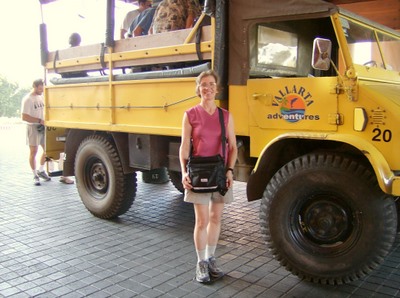
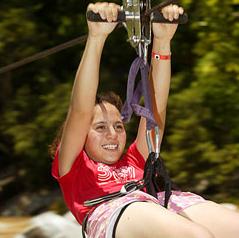
Above Left: One man down. Dennis got very sick. We were scheduled to go Zip Riding in the Mountain Canopy. Terry made it. The truck is a retired German Mercedes 2.5 Ton Army Truck.
Above Right: Zip Riders are not allowed to carry or possess camera's (a supposed safety hazard). So this image was taken off of their web site. Terry said that it was lots of fun.
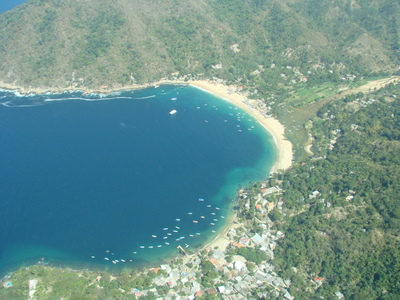
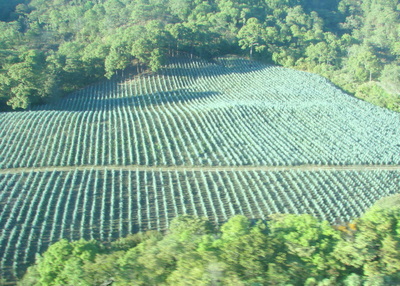
Above Left: The town of Boca de Tomatán (Mouth of Tomatán River). We're looking north. On the north side of the town the only highway turns inland into the mountains from Puerto Vallarta. Also, at the northern edge of this picture, the principal parts of the movie Night of the Iguana were filmed - In fact that movie put Puerto Vallarta on the map.
Above Right: This is a Blue Agave farm. The Blue Agave plant is the only one of 136 other Agave Plant types that is allowed in the making of Tequila. More about the Agave. Picture taken while on short approach to the San Sabastian air strip.
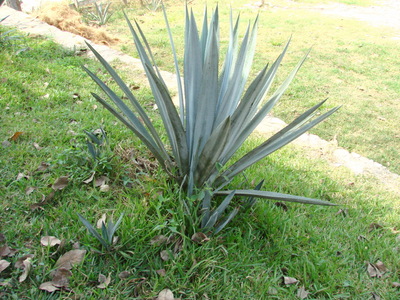
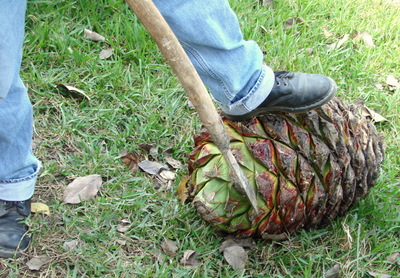
This particular plant is about five years old. It won't be harvested until it is seven or eight years old. But it won't mature if a baby plant is growing next to it. Notice a baby in the tall grass in the bottom left hand corner of the image. The female plant drops one or two babies a year. The babies must be killed or transplanted in order for the parent plant to mature to its fullest harvest potential.
Above Right: The entire plant grows on top of a pineapple like bulb. At harvest time, the entire plant is dug up and the leaves are cut off with a hatchet bladed spear (as demonstrated in this picture). The leaves are used for other purposes, one of which is to create sewing string from the leaf strands (commonly seen as white strands in local belts). The harvested bulb will typically weigh 70 to 80 pounds.
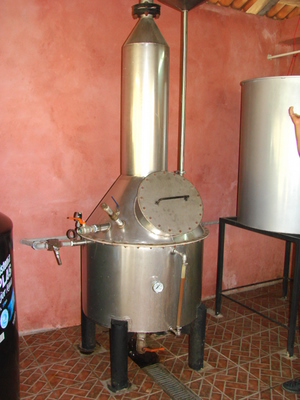
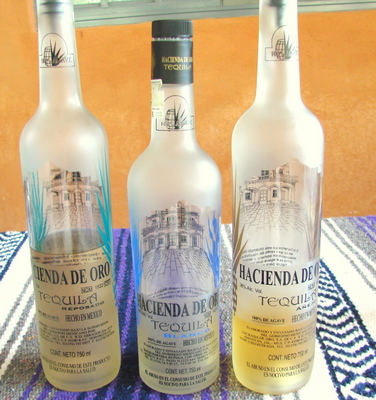
Above Right: Some Products of the Hacienda de Oro (House of Gold). Blanco is distilled only once (therefore it has less alcohol, 30-40%, and more sweet flavor). Reposisado is distilled twice and has 70-80% alcohol. Añejo is aged, in this case, in an oak barrel for 18 months, but technically I think that only one year is required for aging. Properly aged Tequila has a brown tint (which, unfortunately, can be counterfeited). By law, Tequila must be sold in a clear container and only if the contents are made from 100% pure Blue Agave, can the "100% Agave" label be put on the bottle. Hint Hint (check it out the next time that you are in a liquor store).
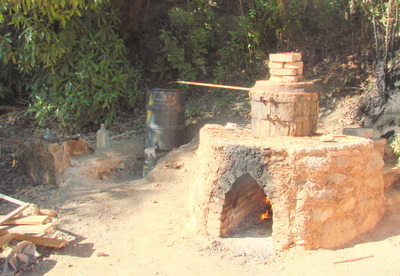
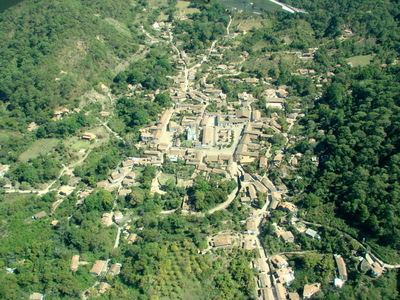
Above Right: San Sabastian del Oeste as viewed from the air. We're looking to the east. It is not difficult to find the town Church and the Plaza.
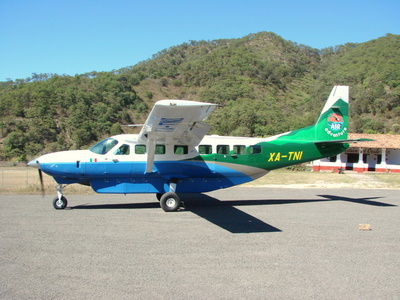
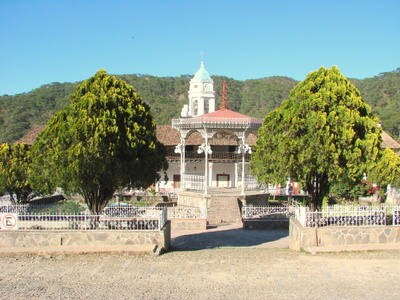
Above Right: San Sabastian town square and church in the background. We're looking to the north. In its hey day, millions of tons of mostly silver were taken out of the mountains (by mule train). It was founded in 1605 but its peak mining was 1785.
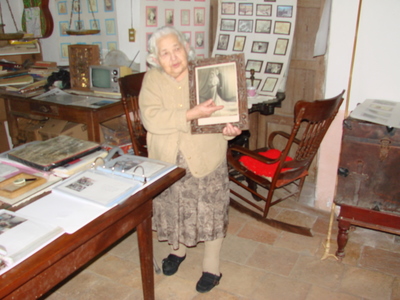
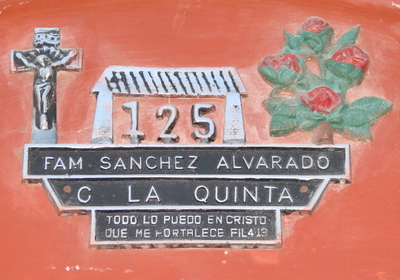
Above Right: "Quinta" means 1/5 or 20%. A "C La Quinta" share or license means that the family's business agent gets 20% of the profit and 80% of the profit is given to the licensing (property owning) family. This is how the wealthy land owning families obtained skilled business people to manage various assets. In this case, the license gives the Family Sanchez Alvarado the rights to manage the Coffee Farm. This Quinta License is no longer valid, of course, but it demonstrates how long this family business and relationship has been in effect.
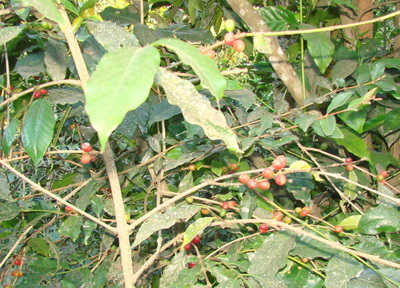
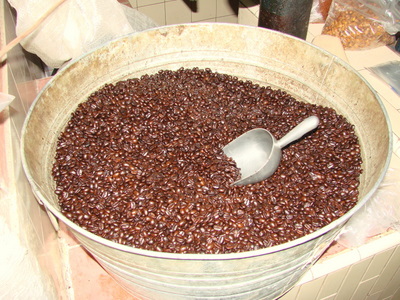
Above Right: Final Product before grinding.
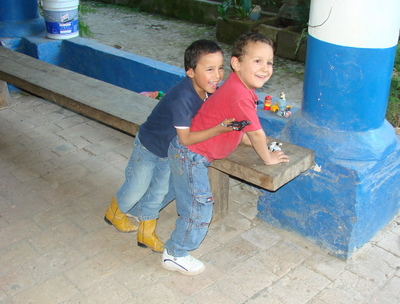
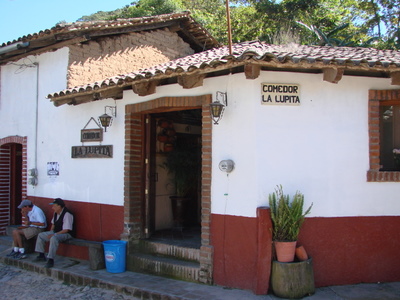
Above Right: This is the "Comedor La Lupita" (Dining Room of Lupita) where we ate a wonderful lunch (supper). The basic building is probably over a hundred years old. The interior is very festive and comfortable. It is much bigger than it appears.